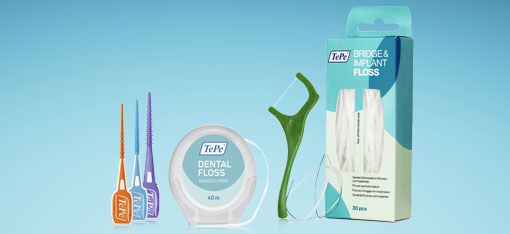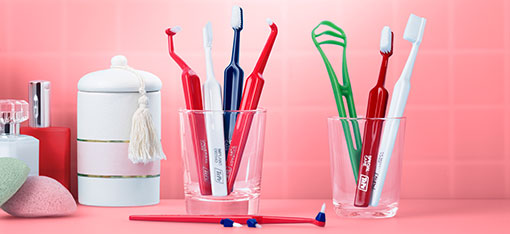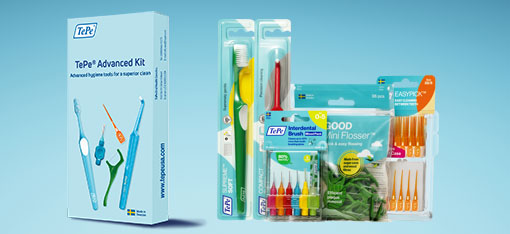Guide to Great Flossing
Cleaning between the teeth is critical for oral health. By removing food particles and plaque from areas your toothbrush cannot reach, you can prevent cavities, gum disease, and bad breath.
Should all people floss? You might be surprised to hear the answer, “No.”
When to Use String Floss
- Gum tissue fills the area between the teeth. When you have healthy teeth and gums, there are less grooves and depressions of the natural tooth exposed. This means floss can adequately reach the interproximal surfaces and do a sufficient job at disrupting the plaque.
- Good dexterity. Flossing requires moving your hands inside your mouth and ensuring the floss reaches the right spots without harming your gums. It takes skill to make these small movements.
- Ability to open and get hands inside the mouth. If you have large or shaky hands, this can make flossing a struggle. You need to be able to adequately open and reach all areas.
- Ability to complete the skill of flossing. Flossing is technique sensitive and takes time. The effectiveness relies on you reaching every spot. Below are more directions on using string floss.
- High motivation. The skill of flossing takes time to master, so you must be highly motivated. If you are rushed, your technique may be comprised. This could lead to using floss incorrectly, which could be less efficacious or harm your gums.
If using string floss is difficult, try using a floss aid, like the TePe® Mini Flosser. Instead of wrapping the floss around your fingers, you grasp the handle of the device. When you have gum disease with bone loss, it is best to ask your dental professional for advice, as floss may not reach all the grooves and depressions between teeth. You can use TePe Interdental Brushes.
Step-by-Step Flossing Guide
- Take the Right Amount. Dispense 18 inches of floss and wind most of it around one of your middle fingers. Wind the remaining floss around the same finger on the opposite hand. This finger will take up the floss as you move along.
- Hold the Floss Correctly. Hold the floss tightly between your thumbs and index finger.
- Insert the Floss. Insert the floss between two teeth in a horizontal back-and-forth movement until you feel that you are under the contact area. Never snap the floss between the teeth.
- Form a C shape. Then wrap the floss in a C shape against each tooth surface, holding it tightly against the tooth.
- Move the Floss. Move the floss in an up-and-down motion, following the shape of the tooth, to remove the plaque between the teeth.
- Repeat. Continue this process for all your teeth. It is best to complete this in a systematic approach and looking in a mirror can assure that you are completing the technique correctly.

Tips for Effective Flossing
- Consistency is Key: Floss at least once a day, preferably before going to bed.
- Combine with Brushing: Remember you are cleaning two different surfaces, so it is imperative to brush and clean between the teeth.
Common Flossing Mistakes
- Using the Same Section of Floss: Use a fresh piece of floss to clean between each tooth.
- Skipping Hard-to-Reach Areas: Ensure you floss all your teeth, including the back of the last tooth.
- Flossing Too Aggressively: Be gentle to avoid harming your gums. Remember to use a C shape and avoid snapping the floss between teeth.

TePe® Dental Floss is an expanding, PFAS free, floss that efficiently and gently removes plaque between teeth. It adapts to the different size spaces between teeth. The floss easily slides between teeth without shredding due to the vegetable wax and avocado oil coating. It is a multifilament floss, making it gentle and efficient. It is made from recycled plastic bottles for a low environmental impact. The mint flavor leaves a fresh feeling after use.











Leave a comment